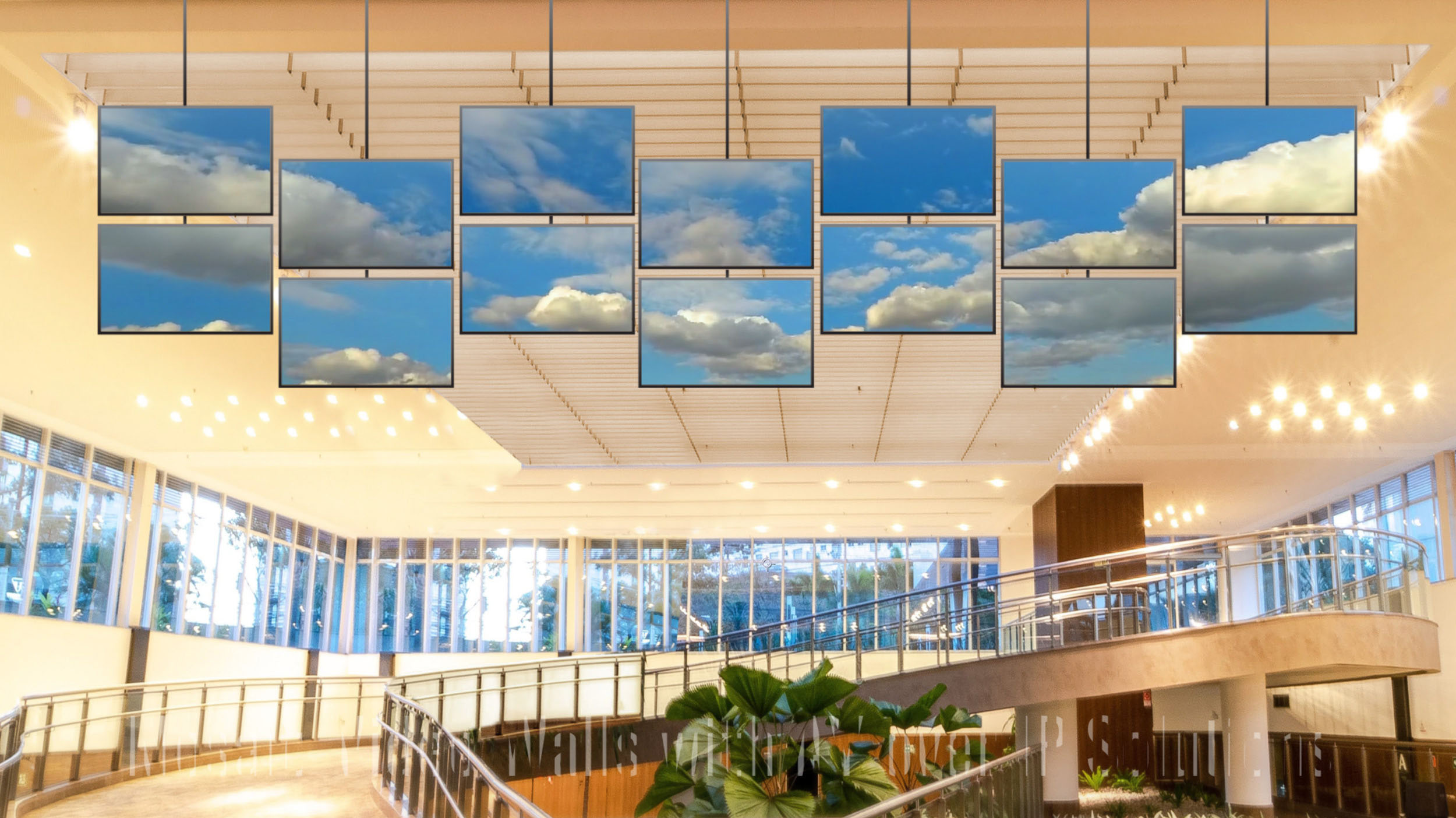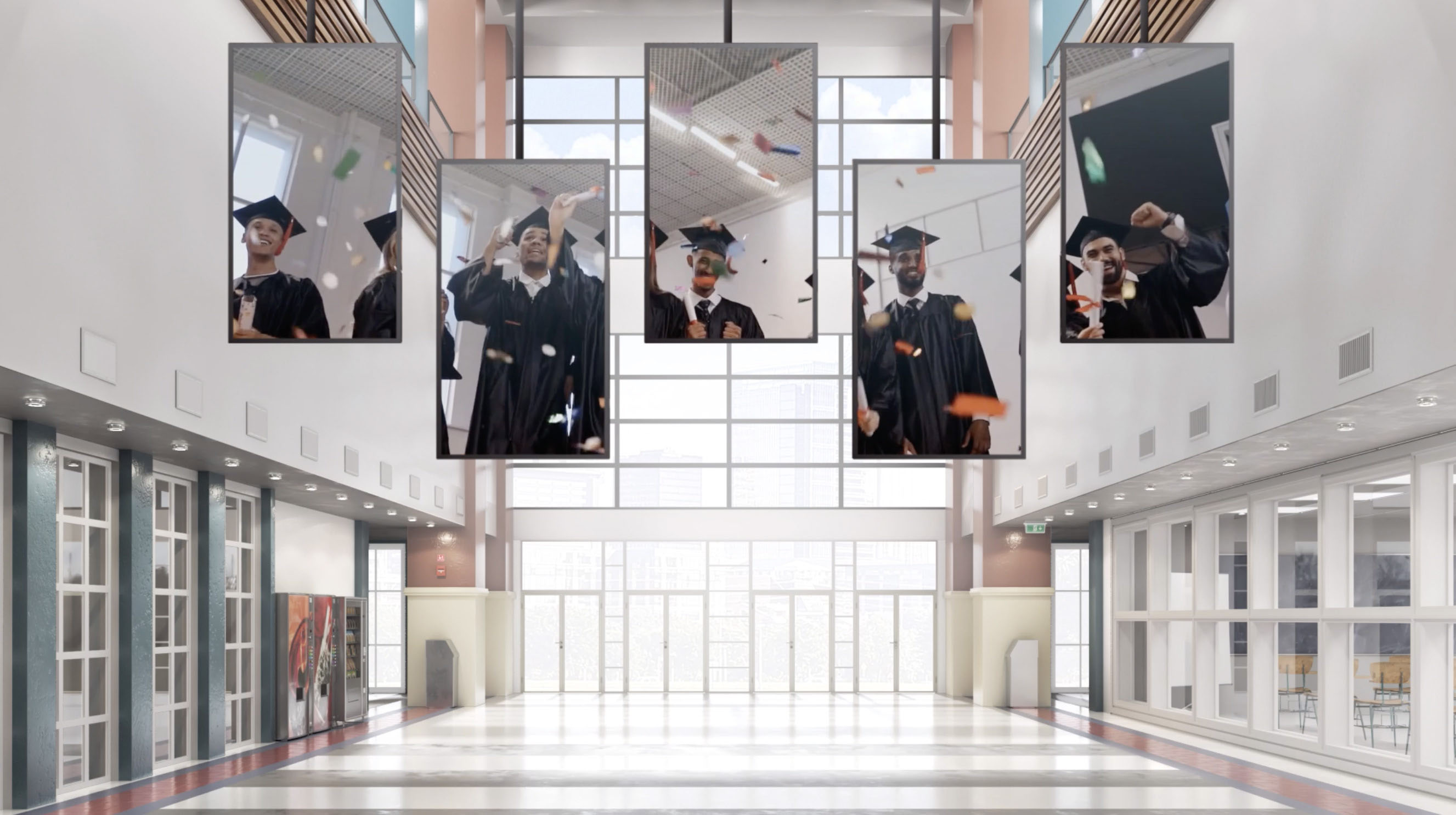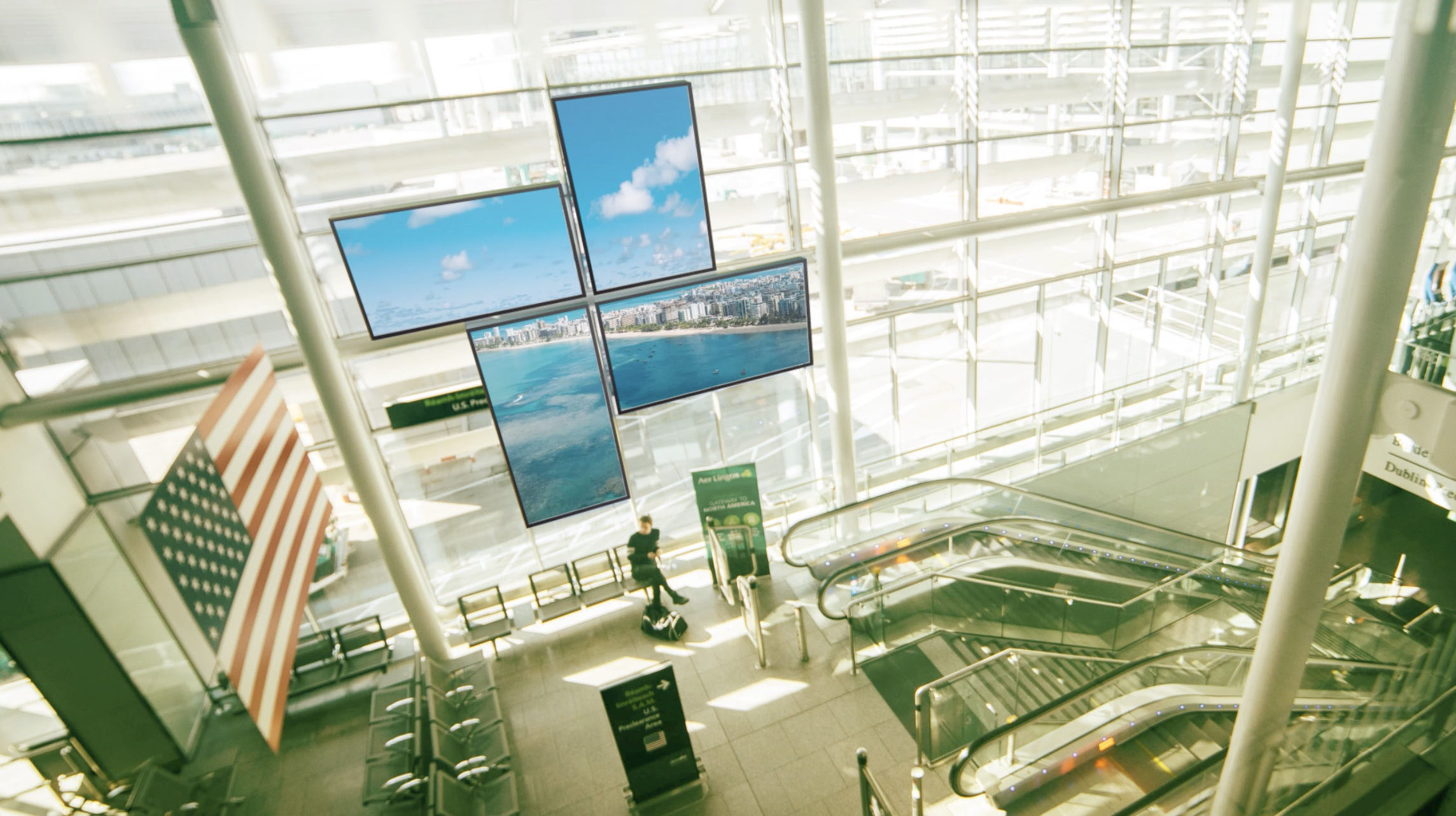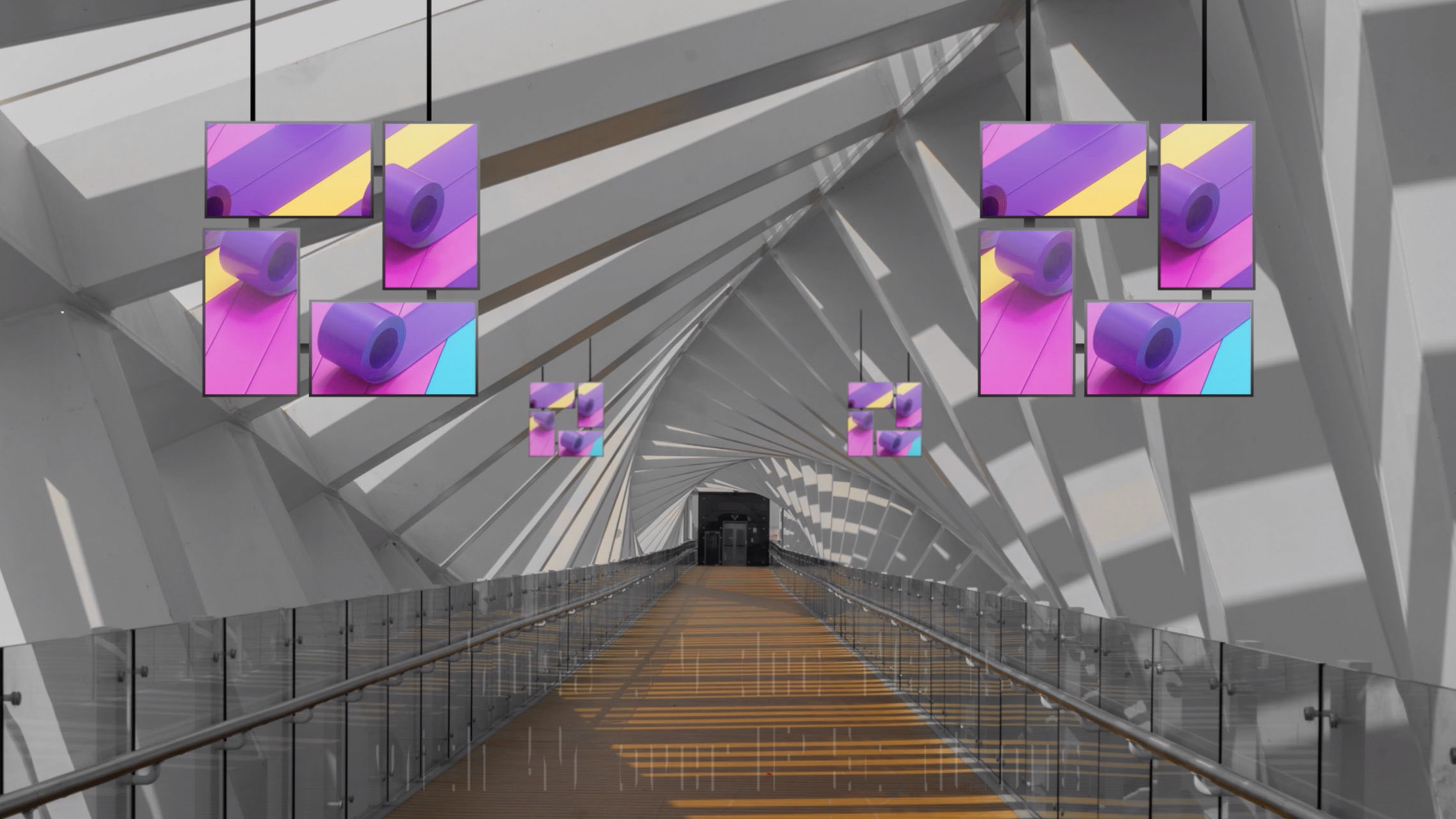Mosaic Video Walls Are Becoming More Popular—Here's How Key Digital Helps
KD-IP1022ENC AV-over-IP Encoder and the KD-IP1022 Decoder enable users to preconfigure their projects.

Compelling and attention-grabbing mosaic video walls are becoming increasingly popular in venues including hotels, theme restaurants, upscale retailers and malls, casinos, car dealerships and houses of worship, both for branding and to artistically decorate large spaces.
Enter Key Digital. The company offers cost-effective, scalable technology that, combined with the wide availability of high-resolution video monitors and televisions at commodity pricing, brings the creation of captivating mosaic video wall displays within the budget of most any project.

“With a traditional monitor-based video wall, several video monitors are configured together to multiply the display area, creating a large, often huge, display,” explains Jonathon Ferry, vice president of product education and experience at Key Digital. “Video or images to be displayed in full across the entire monitor array are dynamically scaled to fill the entire display area. With a mosaic video wall, a rectangular display ‘canvas’ size is defined, and the image is scaled for that canvas; however, the displays mounted within the canvas boundaries are not limited to fully filling the canvas.” Mosaic display positions are commonly offset vertically and/or horizontally, and the displays may be spaced with gaps between them with the video flowing across the entire canvas. Monitors used may also be oriented either horizontally or vertically or in a mixed combination of both orientations.
[Here's How Key Digital Enables Third-Party Network Control of External Hardware]
“Each monitor receives a pixel-mapped portion of the source image to display,” continued Ferry. “The result is similar to having an image behind a piece of paper. If you cut squares and rectangles anywhere on that piece of paper, you would see only the portion of the image visible through the holes. With a mosaic video wall, the displays are windows into the image – displayed video would move smoothly across the canvas, disappearing in the blank spaces and appearing on the monitors, like looking through multiple physical windows at the landscape beyond.”

The Key Digital hardware used to facilitate a mosaic video wall installation are the KD-IP1022ENC AV-over-IP Encoder and the KD-IP1022 Decoder. In typical installations, the source video is input to, and processed for display by, a single KD-IP1022ENC. A KD-IP1022DEC decoder per monitor is used to extract the mapped image for each monitor in use. Interconnection and power are provided by a managed gigabit switch with Power Over Ethernet (POE).
“Any HDMI source content can be fed to the mosaic video wall via the encoder input,” Ferry explained. “For flexibility, additional KD-IP1022ENC Encoders can be added to system where it might be desirable to alternate content on a select monitor or monitors in the mosaic video wall, such as a live sporting event or a static image like a logo or event graphic.”
A daily selection of features, industry news, and analysis for AV/IT professionals. Sign up below.
[AV Network's top stories, product news, and expert insights]

As with all of its AV-over-IP product applications, Key Digital provides simple ways for users to preconfigure their projects. For mosaic video walls, an easy-to-use spreadsheet tool lets users define a canvas and to virtually place as many monitors as they like within that canvas based on a pixel map of display and monitor bezel dimensions. Templates are available for the most commonly used mosaic video wall configurations such as an offset horizontal “brick” layout using landscape-oriented monitors, or portrait-oriented monitors offset vertically to form a “zipper” pattern. Key Digital’s System Design Group is a phone call or web request away to help customers build custom layouts. System configuration programming is performed by Key Digital based upon customer input.

“There are single chassis video wall processors on the market that can prove quite expensive, particularly for a relatively simple mosaic video wall installation that doesn’t use all the processor’s power or I/O,” shared Key Digital vice president of sales, DeWayne Rains. “The Key Digital solution is modular, so hardware capability is purchased only as needed. That makes the approach an awesome value for smaller installations. But our AV-over-IP video wall systems are also scalable, allowing for highly sophisticated designs limited only by your imagination.”
The AVNetwork staff are storytellers focused on the professional audiovisual and technology industry. Their mission is to keep readers up-to-date on the latest AV/IT industry and product news, emerging trends, and inspiring installations.
